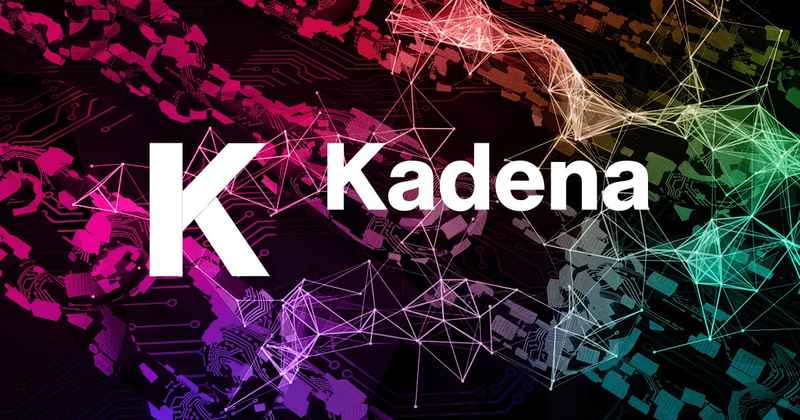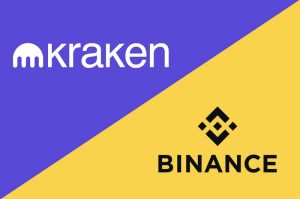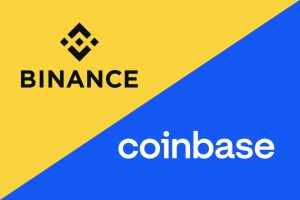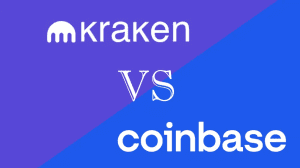Kadena (KDA) Explained – The Ultimate Beginner’s Guide

Kadena is a next-generation blockchain platform that aims to transform how businesses and developers build and deploy decentralized applications. Since its creation in 2016, Kadena has gained a reputation for its unique features, such as scalability, interoperability, and privacy.
Our guide deeply dives into Kadena and explores how it works, its key features, use cases, and pros and cons. And to make it simple for all the beginners out there, we use plain English – no technical jargon.
Kadena Quick Read
The full KDA guide summarized
- Kadena is a hybrid blockchain platform that combines public and private blockchains.
- Its main features include scalability, interoperability, privacy, and security.
- Developers can create complex apps using minimal code with Pact.
- Kadena use cases include supply chain management, financial transactions, and gaming.
- KDA is a cryptocurrency and the native token on the Kadena blockchain.
What Is Kadena? How Does It Work?
Kadena is a next-generation blockchain platform that offers an innovative approach to building decentralized applications. Founded by a team of former JPMorgan Chase executives, it has quickly gained a reputation for its ability to handle large-scale, high-speed transactions while maintaining the security and reliability of a traditional blockchain.
The platform’s innovative architecture allows it to process thousands of transactions per second. Therefore, it is ideal for use cases that require high throughput, such as supply chain management, financial transactions, and gaming.
Furthermore, Kadena’s advanced smart contract language, Pact, makes it easy for developers to create complex applications with minimal code. Meanwhile, its built-in token, KDA, provides a secure and stable means of exchange within the ecosystem.
One of Kadena’s most unique features is its ability to bridge multiple blockchains, allowing for interoperability and seamless communication between different networks. It enables businesses and developers to create decentralized applications spanning multiple blockchains and ecosystems.
Moreover, Kadena offers various enterprise-grade services, including development tools, analytics, and monitoring assistance. These tools help businesses easily build and deploy applications on the Kadena platform while ensuring they are secure, scalable, and reliable.
In addition, it has a strong focus on privacy and security. It uses advanced cryptography and zero-knowledge proofs to ensure that transactions are secure and anonymous.
KDA – Kadena Token
KDA is a cryptocurrency and the native token on the Kadena blockchain. Its design is to serve as a medium of exchange, allowing users to pay for transactions, services, and products on the Kadena platform. KDA is also an incentive for miners who help secure the network by validating transactions and adding them to the blockchain.
KDA Use Cases
As the native Kadena blockchain token, KDA is useful for a wide range of applications, including:
- Paying for transactions and services
- Incentivizing and rewarding miners
- Staking for network participation and governance
- Providing liquidity for decentralized exchanges and other DeFi applications
- Participating in token sales and ICOs
Kadena Pros And Cons
KDA’s unique features and advantages make it an attractive platform for businesses and developers looking to leverage the benefits of blockchain technology. However, like any other technology, it also has its downsides.
Pros
- Scalability
- Interoperability
- Privacy
- Security
- Ease of use
Cons
- Limited Adoption
- Competition
- Unfamiliarity among some developers
Frequently Asked Questions
Learn more about Kadena.
What is the difference between Chainweb and Kuro?
Chainweb is Kadena’s public blockchain for high-speed transactions and decentralized data storage. On the other hand, Kuro is a private blockchain designed for enterprise-grade applications requiring higher privacy and security levels.
What is Pact?
Pact is Kadena’s smart contract language that allows developers to create complex applications with minimal code while ensuring they are secure and private.
What makes Kadena unique?
Kadena’s unique features include its hybrid blockchain architecture – which combines public and private blockchains – its scalability, interoperability, and its focus on privacy and security.
Is Kadena open-source?
Yes, Kadena is an open-source blockchain platform that allows developers to build and deploy decentralized applications.
How can I get involved with Kadena?
You can get involved with Kadena by joining its community, participating in its developer programs, or building and deploying decentralized applications on its platform.
Final Words
Overall, Kadena is a revolutionary blockchain platform that offers high throughput, advanced smart contracts, interoperability, and enterprise-grade tools and services. Its unique features make it an ideal platform for various use cases, from finance to gaming to supply chain management. As the blockchain industry continues to evolve, Kadena is well-positioned to be a major player.
Crypto trading (trading in general, actually) is always a risky business because the industry is volatile. Therefore, make smart choices and don’t invest more than you can afford to lose.





